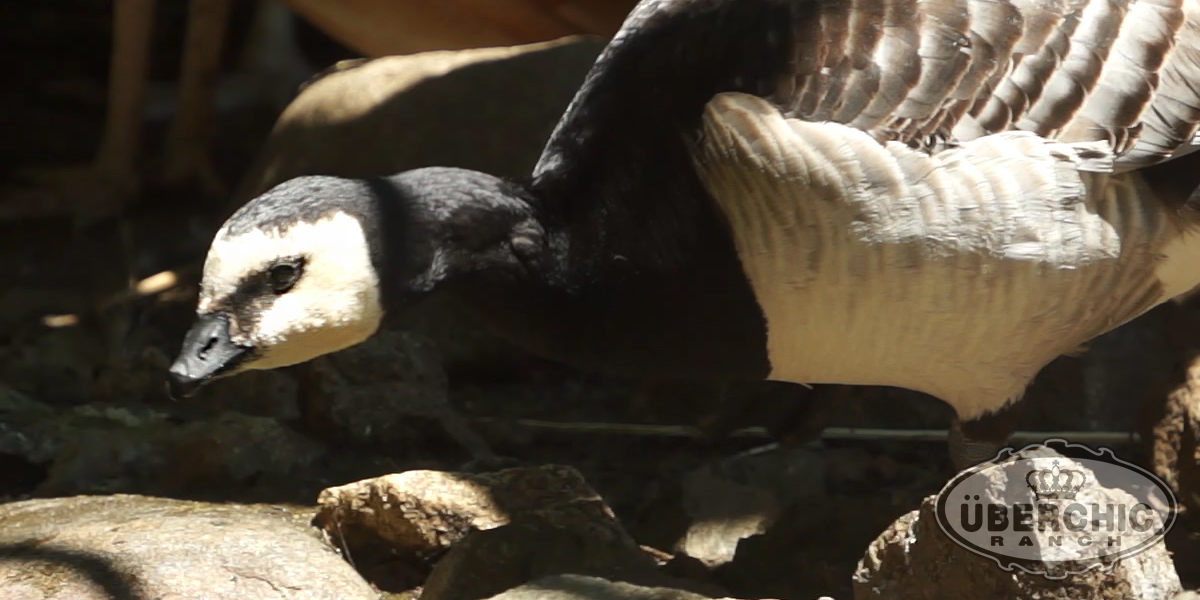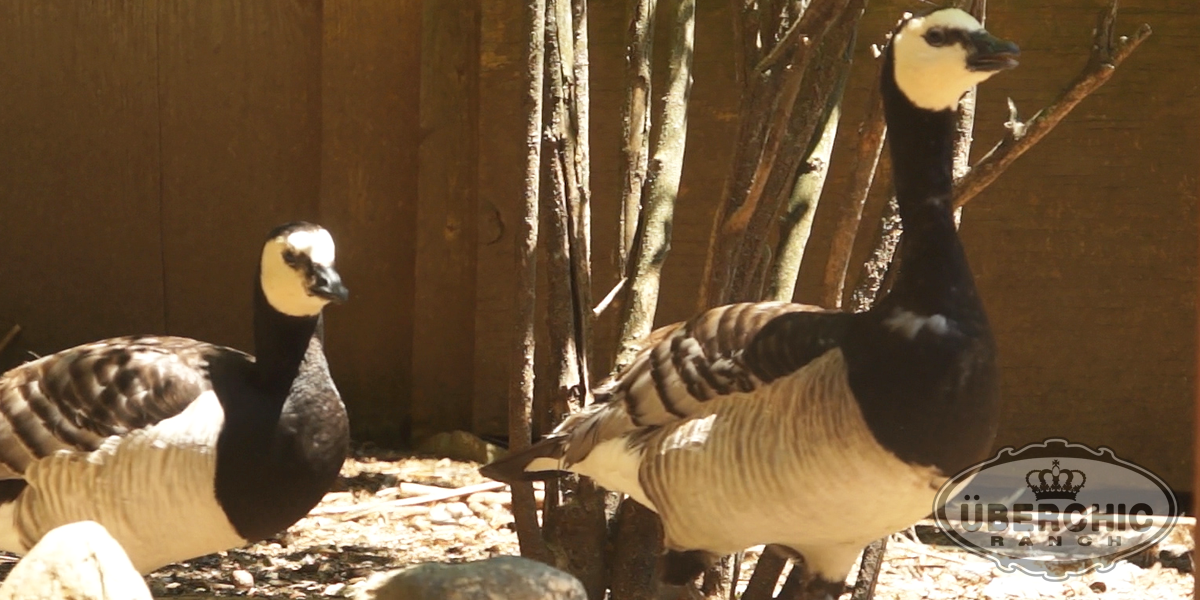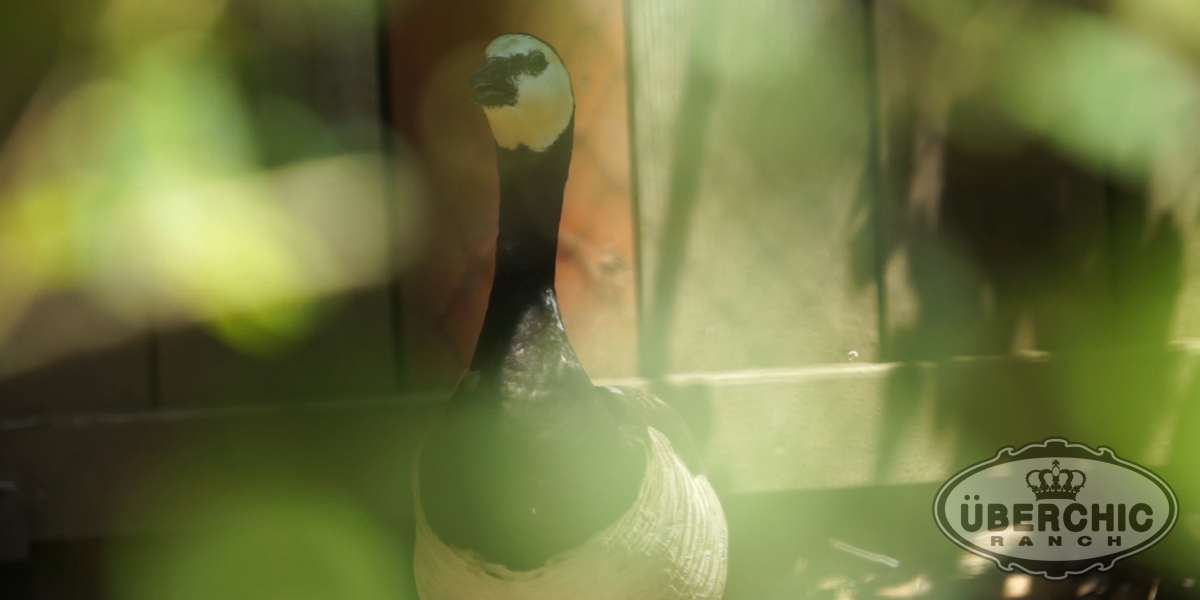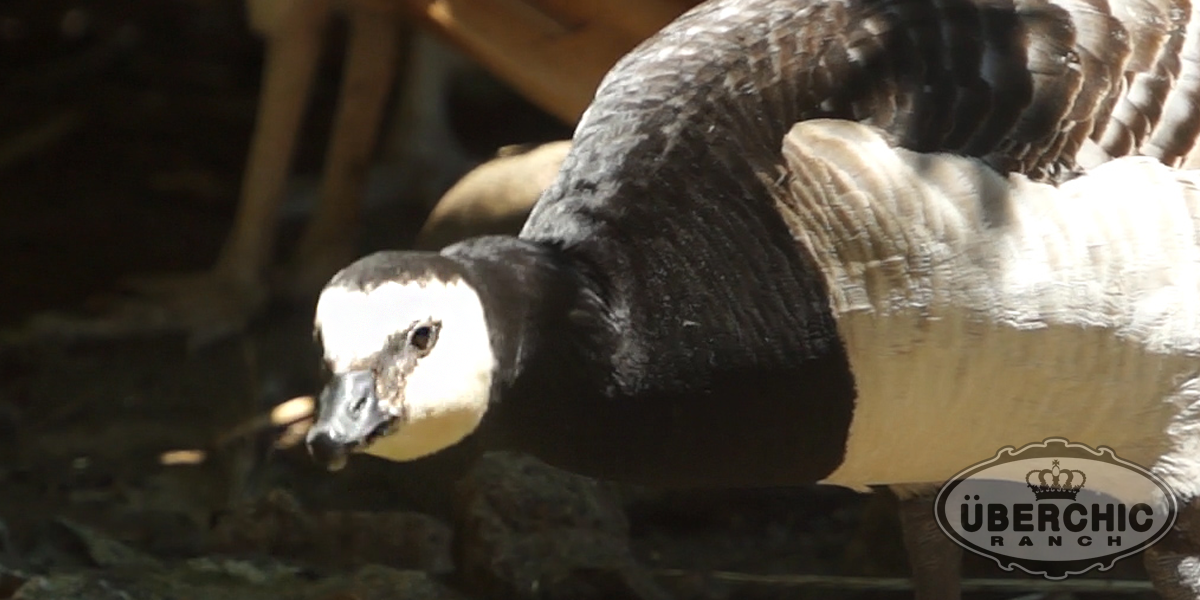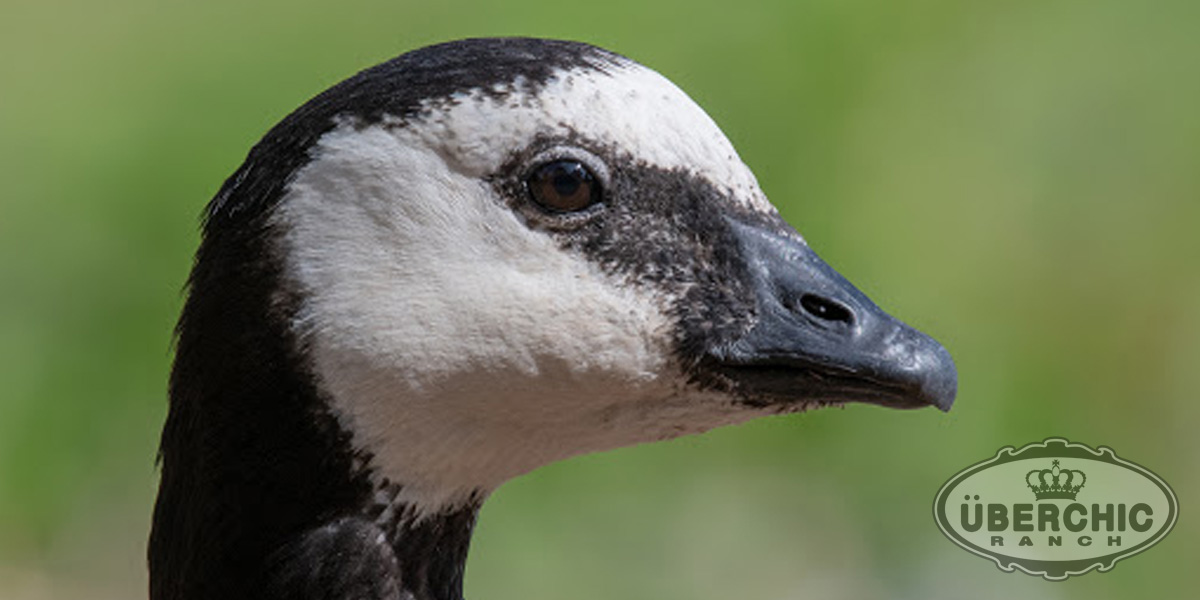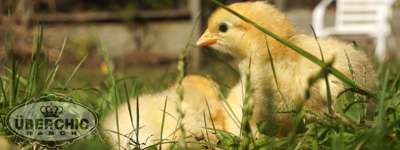Striking Contrast
Barnacle Geese have been known to humanity for centuries. They are called "Barnacle" Geese from old mythology that they were born from goose barnacles. In old Irish folklore, the Barnacle Geese were simply born of driftwood. The reason these myths came to be was due to the fact that Barnacle Geese were never observed in the Summer, giving the impression they appeared out of nowhere or possibly bred from underwater. The reality is Barnacle Geese breed in Greenland, Norway, Northwestern Russia, Estonia, Finland, Denmark, and Sweden, creating nests out of rocks upon high cliffs. Since their breeding grounds are so remote and quite challenging to get to, their breeding behaviors have rarely been observed or documented.
To make matters even more interesting, Barnacle Geese have a very striking look, almost as if it follows the orca brand of black and white. Their neck is mostly black with off-white on the face. The facial pattern of white versus black varies, where some Barnacle Geese display more white, while others display more black. The flanks are mostly gray but almost appears as slate blue or "self blue," with darker scapulars displaying more black than gray. Males and females look very similar, therefore are monomorphic, although healthy adult males are slightly bigger than females. This is similar to their cousin, the Canadian Goose.
If you ever had waterfowl before, whether domesticated or wild, you already know how to take care of Barnacle Geese. They are a larger goose so make sure you have a large enough pond and aviary with grass or supplied hay so that they are happy. During non-breeding season, they work well with other pairs or in mixed flocks. Both male and female Barnacle Geese become more territorial during breeding season which could occur as early as March but typically also starts in April. Overall, Barnacle Geese, like many waterfowl, tend to imprint on you even as started or adult birds. They pick up on your routine and they are excellent with recognizing faces. If they don't recognize something, they'll let you know with their honking call! Overall, the have a more gentle demeanor and are not as aggressive as other species of waterfowl. No wonder this Artic beauty is found in many private collections and is typically featured in zoos.
Some Space Required
Generally, a few pairs of Barnacle Geese will be happy in a 16x16' or 20x20' enclosure with tall grass and rocks.
Extremely Rare
Because they are hard to find and not much is known about Barnacle Geese, wild numbers are not certain and are rare in captivity.
For the Beginner Aviculturist
If raised appropriately, Barnacle Geese don't show any fear towards humans and tend to be very laid back, which makes for great companions.

